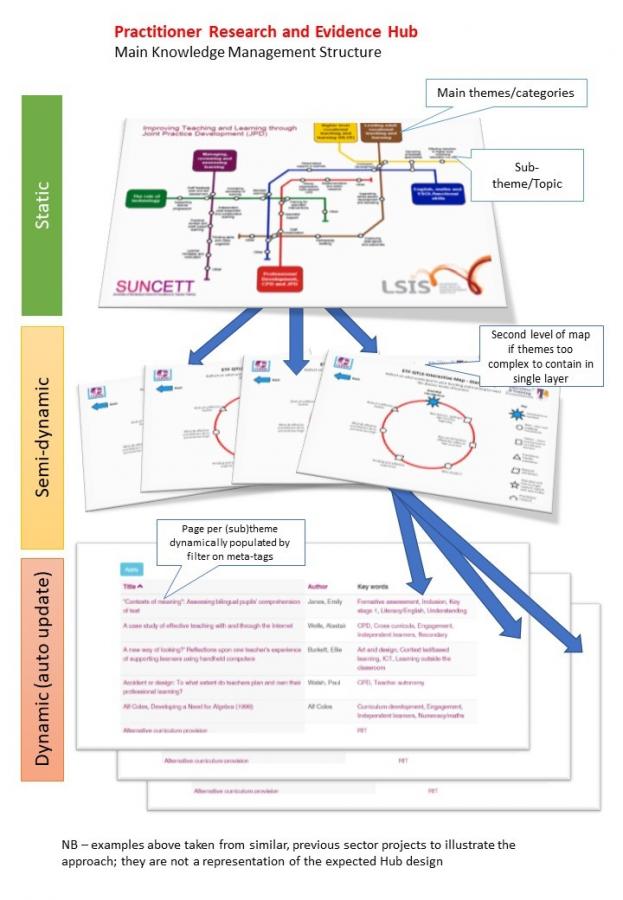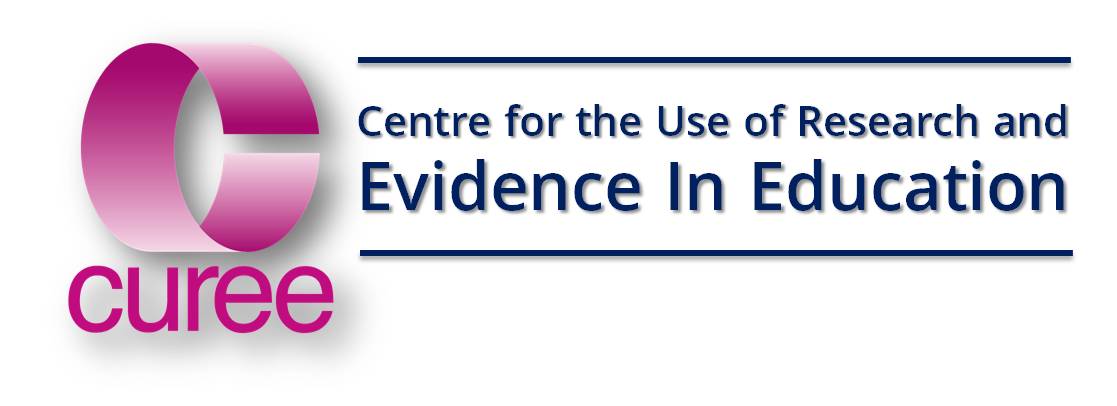
Help us define and refine a new Hub to bring all of the sector's practitioner research together in one place
If you have ever found yourself looking to see if there's some evidence of practical ways of teaching maths on vocational programmes, or got independent learning to work then we can help. But first you have to help us. The Excellence Gateway has a lot of resources created over several years by practitioners researchers. We want to find better ways of helping you find and use that material. How that works for you, only you know. So if you are willing to help us understand that, please click on the link below and complete our on-line questionnaire. It's quite long and will probably take you about 20 minutes. You don't have to do it all in one go and you could do it in a group with other colleagues
|
|
If you think "what would I type in the search box if I was trying to Google this?" then that's what we want you to tell us |
What's this about then?
With over 500 of them at last count, the collection of practitioner research resources held on the Excellence Gateway includes:
- reports of classroom teaching techniques
- results of applying digital technologies to existing practices
- a wide range of resources generated by colleges and other providers though involvement in Outstanding Teaching Learning and Assessment (OTLA) programmes.
The materials include practitioner researchers’ succinct reports of what was tried and how effective it was together, in many cases, with presentations, classroom materials, evaluation tools and other useful resources.
The Education and Training Foundation (ETF) has decided that it is time to introduce:
- a single point of access to all practitioner-research resources
- a new, easy to use starting page to help you find your way to the resources you want
- better ways of selecting and filtering the large number of materials to the select few of value to you
- stronger links with the Professional Standards.

Consulting the sector
The ETF has commissioned us here at CUREE to work with the sector, with the ETF’s web providers, and with the ETF itself to develop the Practitioner Research Hub over the next few months to be launched in the Spring of 2020. We would welcome help from you and your colleagues in identifying the best, most useable, most intuitive way of presenting these resources. We also need to find a catchy name for it!
How to get involved
CUREE will reach out, directly to practitioners and leaders directly and via the various interest groups, initially for reactions to some alternative ways of presenting the materials. Later we will ask a smaller group to work with us in a bit more detail fine tuning the design. We aim to complete the design process by around Christmas. We will then spend a few weeks setting up the Hub and preparing the resources in time for launch in March 2020.
Scroll down to a link to some examples of the suggestions we are consulting you about

The underpinning logic
This is not the opening to a treatis on Knowledge Management. It is a brief explanation of the role of the structure of key words (aka search terms, taxonomy, meta-data) in delivering the Hub's purposes. We also describe some of the constraints.
The primary objective is to make a substantial body of practitioner generated research material easily findable to an interested user. So they need to enable the 'practitioner' to quickly and easily:
- navigate to the material(s) likely to be of relevance to him/her
- review the relevance of the resource to their needs:
- be accessible in terms of language, structure and featured information
From an upkeep point of view, this also needs to be easily managed by the people responsible for doing so (currently that is ETF). Amongst other things, this means that it has to be capable of working using the technology available (which is currently the Excellence Gateway).
If you know what you are looking for (i.e you know the name of the project, resource or author), this is fairly easy. You just stick the search term in the *search* box of th website and you'll get your ansiwer. If you have a rough idea of the kind of thing you want to know about (e.g. is there any evidence about effective ways of development independent learning skills, or the use of technology to make learning more flexible), this is harder. You need a way of focussing down in a series of steps on the resources which meet your needs . This browsing approach (sometimes call 'successive approximation') is what we a trying to achieve with each step taking as little time as possible to enable you to exclude the irrelevant stuff and focus further on the promising stuff.
A layered approach
This process of spiralling in on your target works well in the web environment providng we can:
- find the categories at each level or stage that are meaningful to you
- make it visually functional and appealing
- get you to a small set of choices before you actually have to read a lot of material to figure out if this is what you were looking for
Diagramatically, we can represent those stages as follows

Preview the sample prototypes
You can preview the samples of both the keyword structure and the options for the look and feel of this by clicking on the link below. You will see a carousel of representations of
- the alternative structures we are proposing (i.e. the search terms you might use to hone in on the resource you are looking for
- how those keywords might be represented visually
Note the images move on after a few seconds. Just hover your mouse over any one to pause it. Note also that these images don't resize so you might have a problem viewing them on a small screen (e.g. a smartphone)
These are described in more detail in the consultation questionnaire. Give your views by clicking here

